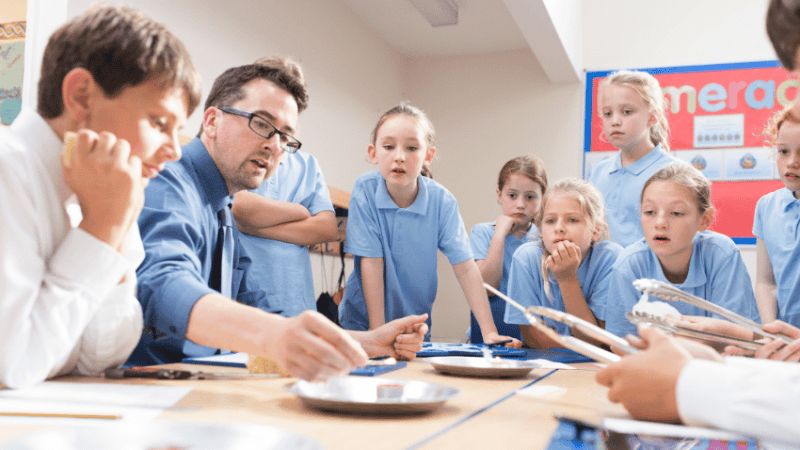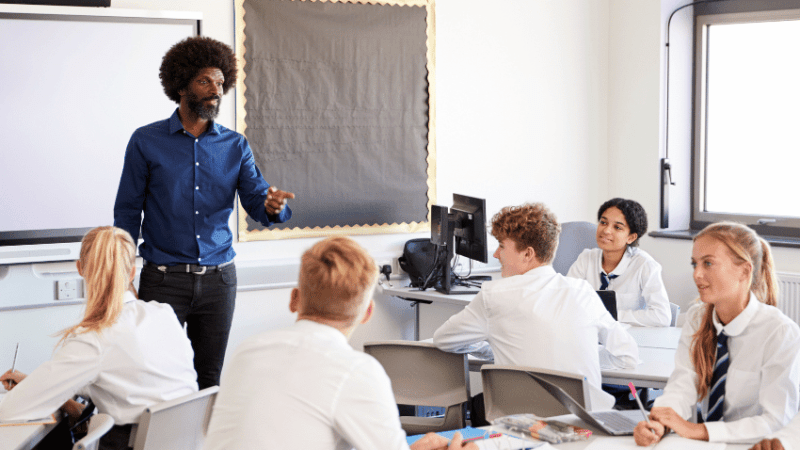Early Years activities – Sharing, taking turns and helping others
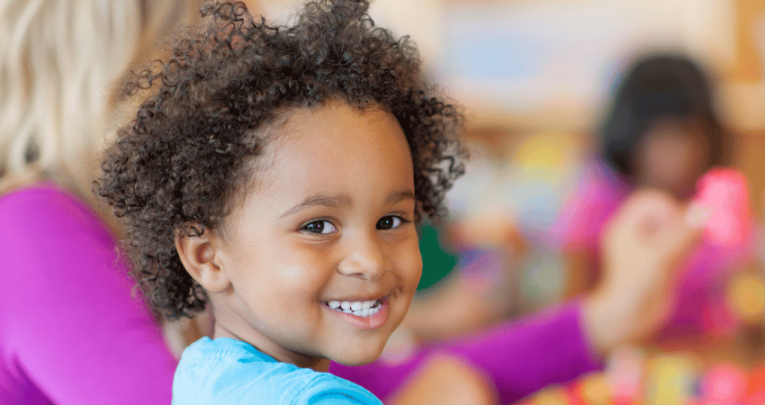
Try out these easy activities to develop children’s teamworking skills in Early Years…

- by Hilary White
- Former nursery and primary teacher, freelance writer and consultant
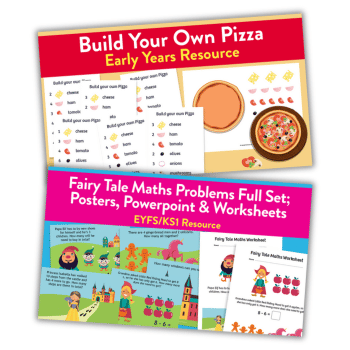
Teamwork and working with others is central to young children’s personal, social and emotional development. The following Early Years activities will teach children how to share, take turns and help others. These are crucial skills for forming friendships and operating successfully within a group.
Supporting others gives children a sense of achievement and self-worth. It’s equally important that children learn to accept help with grace and gratitude.
Playing alongside others also offers children lots of opportunities to develop joint strategies and discover different ways of approaching a task.
From picking up new ideas to discovering that we are all both different and similar, cooperative play is an essential part of the young child’s early learning experience.
From artistic endeavours to circle time games and outdoor play, these Early Years activities will have your children working together and having fun…
Early Years activities
Bouncing balloons
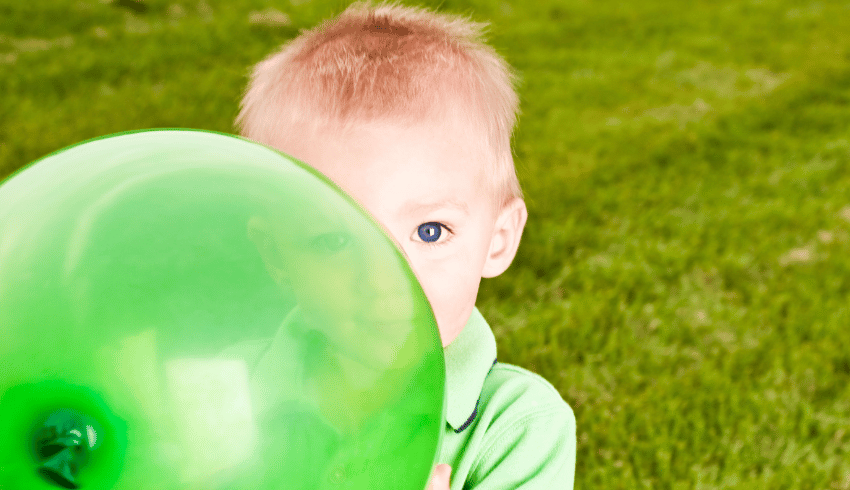
The aim of this activity is to work together to keep a balloon or beach ball in the air for as long as possible. Organise the children into a rough circle and show them how to take turns hitting the balloon to each other.
Explain that no child is allowed to hit the balloon more than once. How long can the group keep the balloon in the air? Count the ‘hits’ and challenge the group to keep on improving their record.
Parachutes
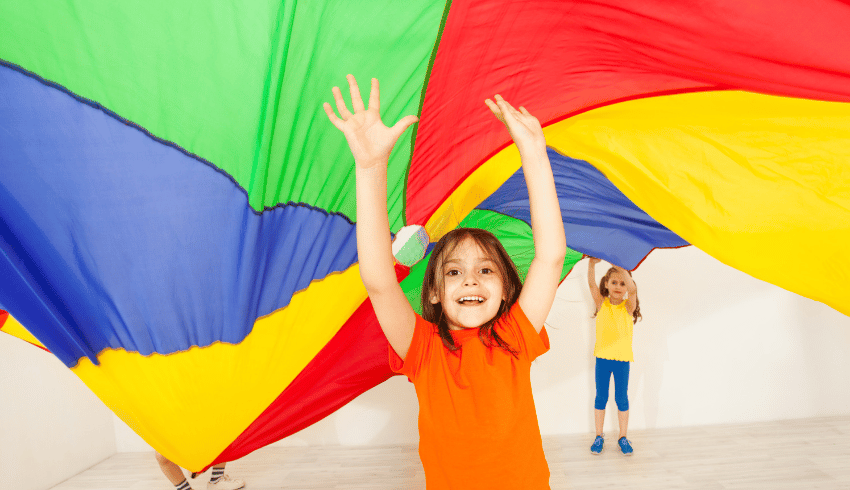
For this activity, you will need a parachute or a large square or rectangle of light fabric, plus a balloon. Show the children how to hold the fabric and lift it up and down in unison to keep the balloon in the air.
This activity gives children a clear demonstration of teamwork; if someone lets go of the fabric or doesn’t lift at the same time as the others, the balloon will not bounce.
Does it make a difference if the children are not spread evenly around the edge of the fabric? Compare what happens when the children lift the fabric gently and then fast.
Tall towers
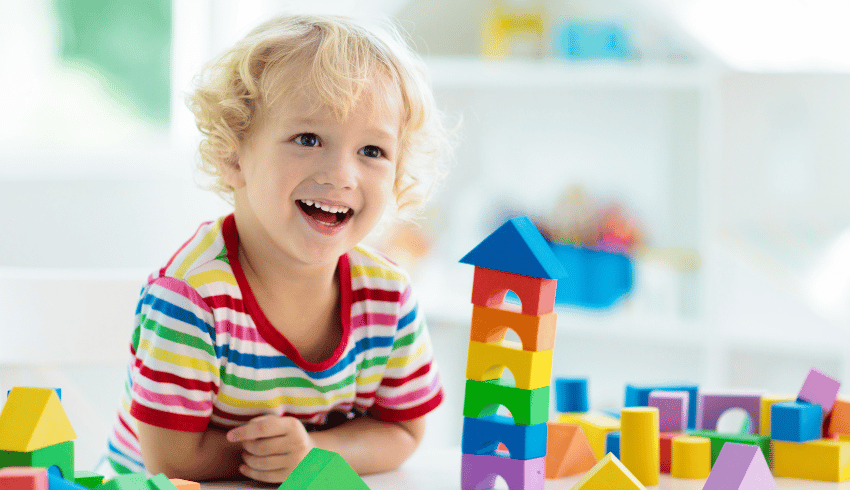
Give each child in a small group a selection of coloured bricks. Ask a child to start a tower by placing one of their bricks on the floor. They then ask the next child in the circle to add a brick to the tower – “Please will you put a blue brick on the tower.”
That child then instructs the next child and so on until the tower is built. Photograph the tower and challenge the children to build a taller tower next time. Experiment with different-sized and shaped bricks.
Art activities
Rainbow sharing
Give each child a single-colour collection of collage items, pencils and wax crayons. Let the children use their resources however they wish to make a picture – but if they want to have more than one colour, they will need to share.
Another way of creating a collaborative rainbow picture is for every child’s square to contribute to a patchwork. Emphasise to the children that they have all worked together to make a beautiful rainbow patchwork for the wall.
Drawing pairs
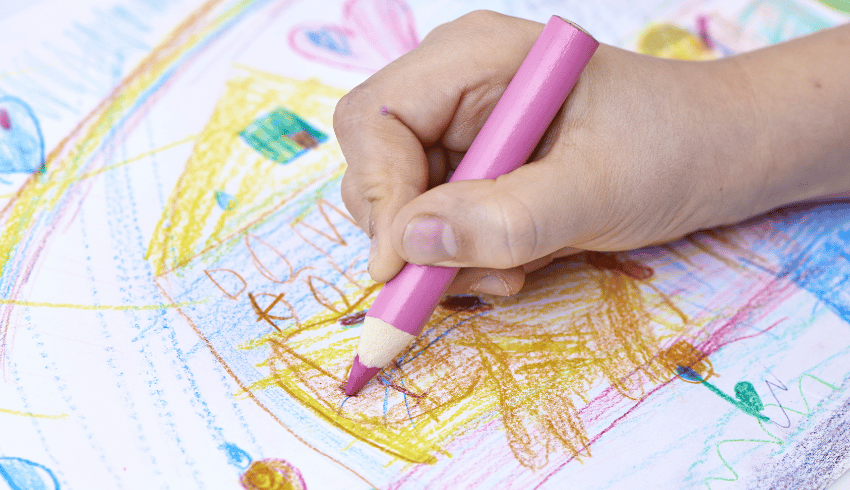
Seat two older children back to back, each with a sheet of paper and a pot of coloured pencils. Let the children take turns to tell their partner what to draw. For example, “Please…”
- draw a red cat
- draw a blue car
- put a green hat on the cat
- make the car’s wheels purple
When the drawings are finished, talk about how the pair have produced a joint artwork made up of one child’s ideas and the other child’s drawing.
Emphasise the importance of giving simple, easy-to-follow instructions and waiting patiently if you finish before your partner.
Friendly pens
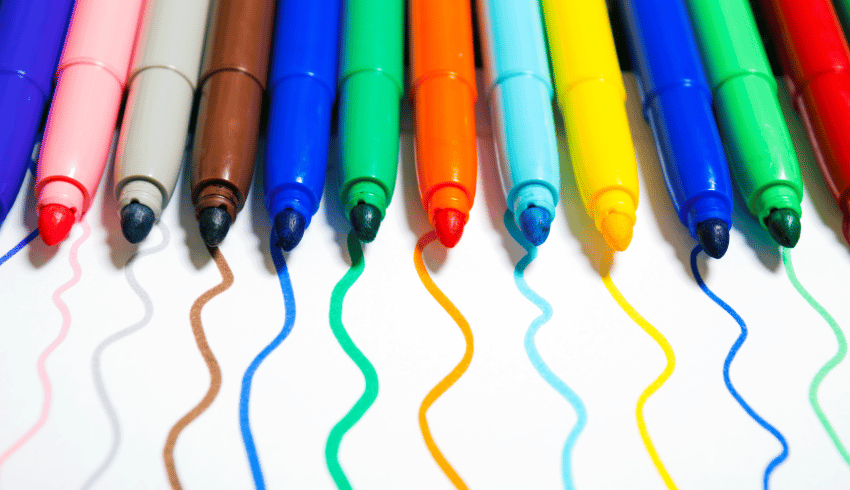
Have a group of no more than six children and a large piece of paper. Give each child a different coloured pen and explain that they can go wherever they want on the paper, as long as their pens are friendly.
Can each child’s pen make friends by carefully touching everyone else’s pen at some point? Emphasise when two pens have made friends – and encourage adults to join in too.
When the drawing is finished, talk about how all the children have created it by working together.
Circle activities
To you, to me!
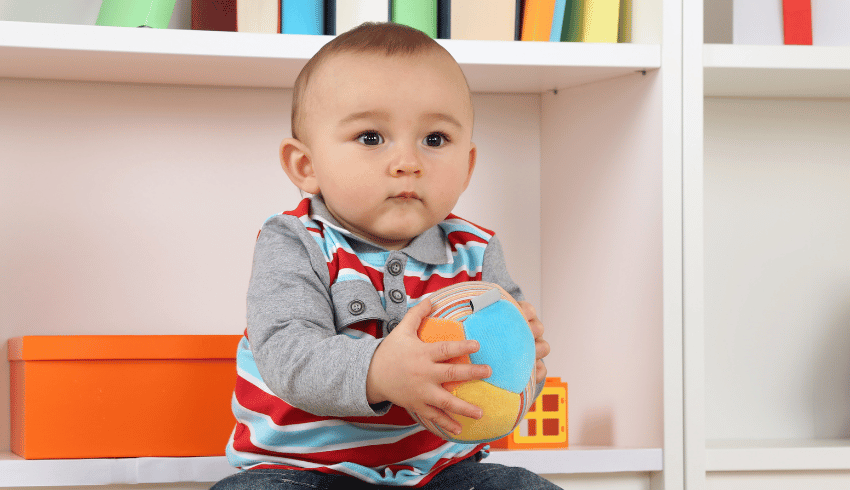
Seat the children in a circle and show them how to roll a ball to each other. Once the children have had a little practice, ask them to say someone’s name and then roll the ball to that person.
Remind the recipient to say thank you before rolling the ball to another child. Can the group keep the ball from rolling out through the gaps in the circle?
Help the children to notice who hasn’t had a turn so that nobody in the group gets left out.
Pass the smile
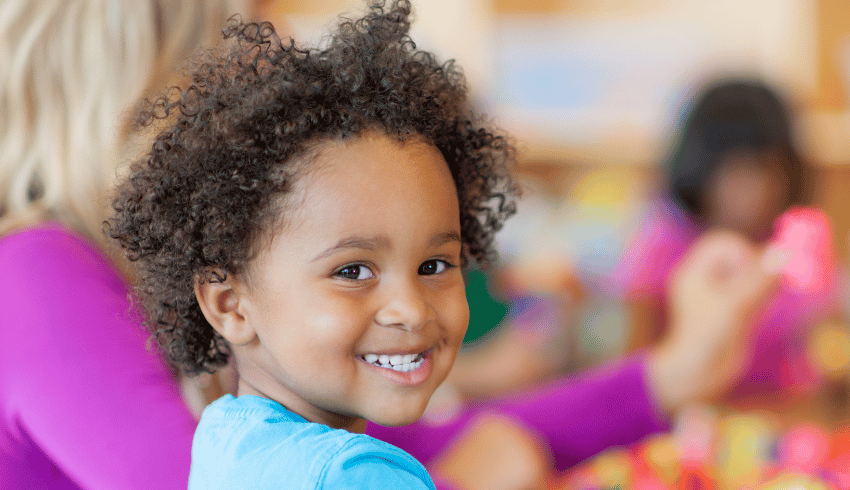
Explore feelings and emotions by passing a different facial expression around the group. Ask a child to make a happy face and pass it on.
Ask another child to make a sad face and pass it on. Other possibilities include an excited face, a cross face, a sleepy face, a scary face and a shy face.
Children can also take it in turns to share their memories of when they felt sad, happy, excited, scared and so on.
Weather waves
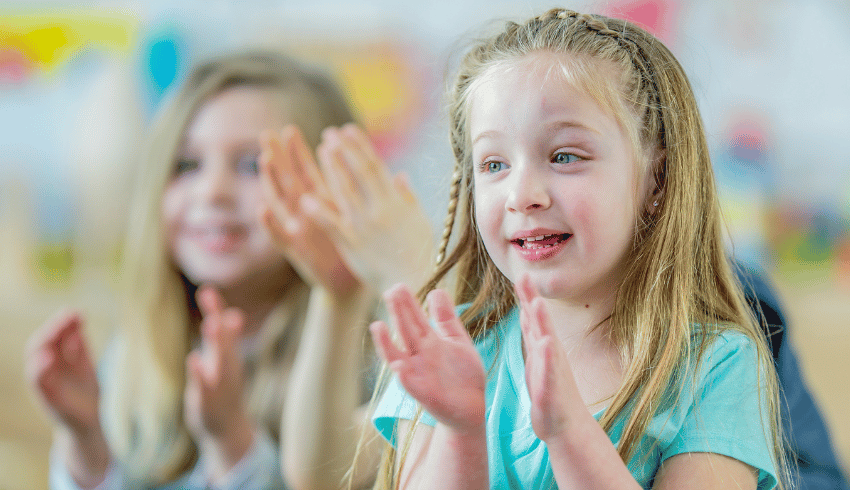
In this activity, the whole group uses actions to represent different weathers. Start off with a simple action such as wiggling fingers up and down to make rain. Encourage all the children to join in to create a shower of rain.
Add other actions – drumming heels to make a storm, clapping hands for thunder, waving arms to make wind and doing star jumps to represent sun rays.
You can also give the children percussion instruments to add sound. Talk about how everyone has to join in and work together to turn raindrops into a rainstorm, create really loud thunder claps and so on.
Outdoor Early Years activities
Encouraging teamwork
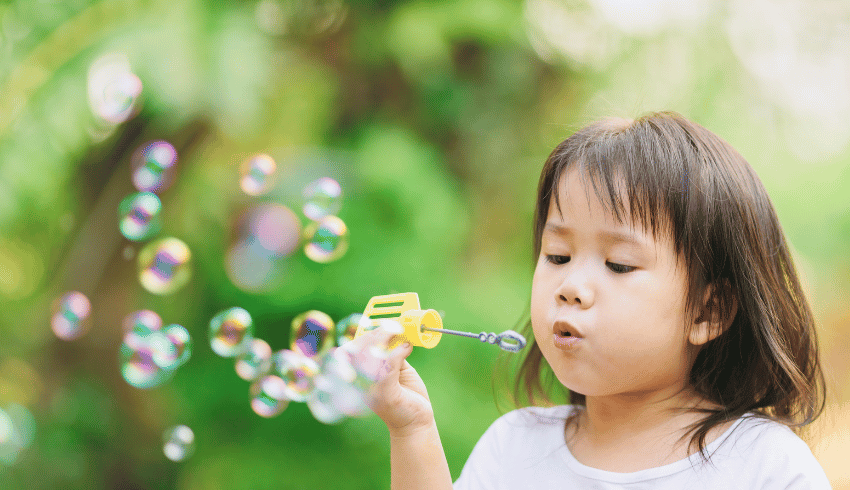
Many simple outdoor activities require two or more children to work together. Try the following:
- One child blows bubbles while the others catch them, taking turns to be the bubble blower
- One child stands still on the patio while another draws around their shadow with pavement chalk
- Play with see-saws, two- or three-seater trundle trikes, golf clubs, hockey sticks and bats and balls
- Create small-world play settings in the sandpit for children to share
- Ask children to help you make a rota for popular outdoor resources such as the climbing frame
Ribbons and rings
Thread a long length of sturdy ribbon with plastic quoits and weave the ribbon around trees, bushes and other garden items.
Show pairs of children how to hold each side of the quoit and work together to move it from one end of the ribbon to the other.
Time older pairs and encourage them to try beating their record. Have more than one pair moving their rings at the same time.
What happens if one pair moves faster than another and wants to overtake? Encourage the children to think about possible solutions to this problem.
Jackson Pollock puzzles
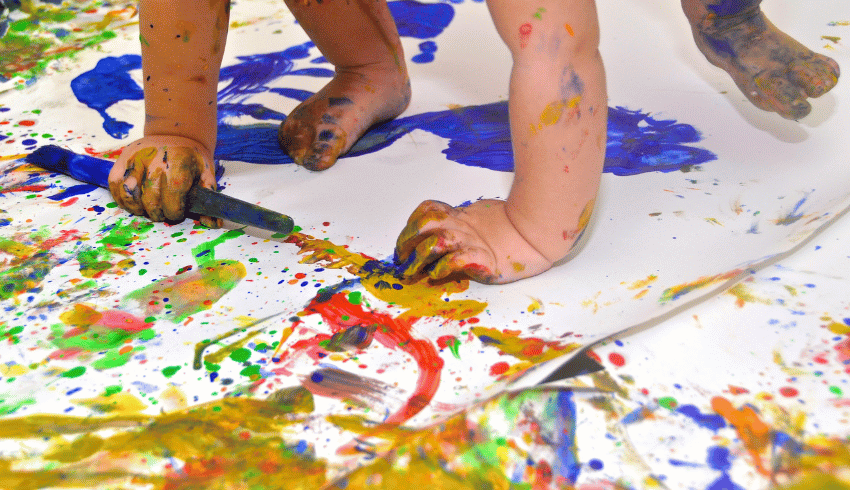
Outdoors is the perfect place to make a collaborative group picture after the style of American abstract artist Jackson Pollock.
Lay out a large piece of card and let the children dribble, splash, drip and spray it with paint. Try driving trikes and large play vehicles across the card to make tracks.
When the picture is dry, cut it into distinctive pieces to make a floor puzzle. Encourage the children to work together to complete their puzzle.
Hilary White is a former nursery and primary teacher. As an author she has written a number of books and contributed to a range of magazines.






